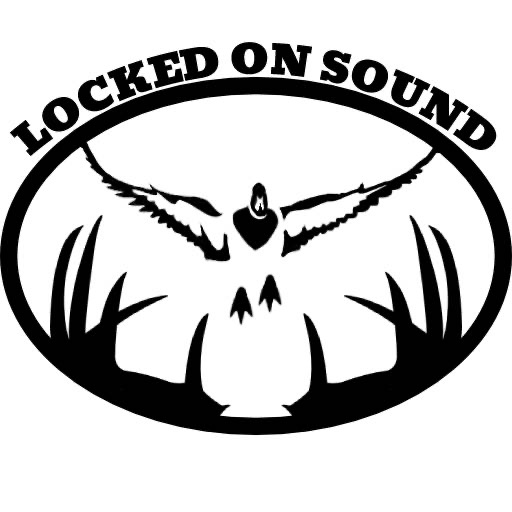Decoding the Diaphragm
- lockedonsound
- Apr 15, 2024
- 2 min read

The air hums with anticipation, the rising sun paints the forest in hues of gold, and your heart thumps in rhythm with the approaching gobbler. But instead of a bulky box call, your weapon of choice rests discreetly against your palate - the humble diaphragm call. Don't underestimate its power! Choosing the right diaphragm call, however, can be just as crucial as mastering its use. Let's delve into the unique voices of three popular options: the Batwing, Split V, and 2.5 Reed Cutter V.
The Batwing: A Master of Variety
Imagine a call that seamlessly transitions between soft clucks and raspy yelps, mimicking the entire spectrum of a hen's vocabulary. That's the Batwing. Its single, wide reed excels at producing realistic, breathy sounds, perfect for early morning calling and close encounters. Master the soft clucks and purrs, and you'll have wary gobblers drawn in before they even know what hit them. But don't be fooled by its gentle side, the Batwing can morph into a convincing cutting machine with some practice, making it a versatile choice for various situations.
The Split V: A Specialist in Realism
Think of the Split V as the method actor of diaphragm calls. Its two separate reeds create a distinct, raspy sound that closely resembles a real hen's vocalizations. This characteristic makes it ideal for imitating excited yelps, cut sequences, and even kee-kees, perfect for pressuring gobblers or mimicking feeding hens. However, mastering the Split V requires practice, as its unique sound can be tricky to control initially. But once you conquer it, you'll have a powerful tool for convincing hesitant birds.
The 2.5 Reed Cutter V: Volume on Demand
Need to reach a gobbler across the valley or cut through windy conditions? Enter the 2.5 Reed Cutter V. This powerhouse packs three reeds, generating the most volume among the three. Its loud yelps and cuts are excellent for locating distant birds and challenging pressured gobblers. However, remember, with great volume comes great responsibility. Use the 2.5 Reed Cutter V sparingly and transition to softer calls as the bird approaches to avoid spooking it.
The Final Call: Choosing Your Weapon
Ultimately, the best diaphragm call depends on your hunting style and the situation. Consider these factors:
Experience Level: Beginners might find the Batwing's versatility easier to manage, while experienced callers can unlock the full potential of the Split V and 2.5 Reed Cutter V.
Hunting Scenario: Early mornings call for soft clucks (Batwing), while pressured situations might require aggressive cuts (Split V or 2.5 Reed Cutter V).
Terrain: Open fields demand volume (2.5 Reed Cutter V), while close encounters benefit from softer calls (Batwing).
Remember, practice is key! Experiment with each call, find what works for you, and most importantly, have fun deciphering the language of the turkey. With the right diaphragm call and a little practice, you'll be speaking gobbledygook like a pro in no time, turning those tense morning waits into heart-stopping encounters you'll never forget.
Bonus Tip: Get the best of these 3 cuts by purchasing your calls at www.LockedOnSound.com !!!




Comments